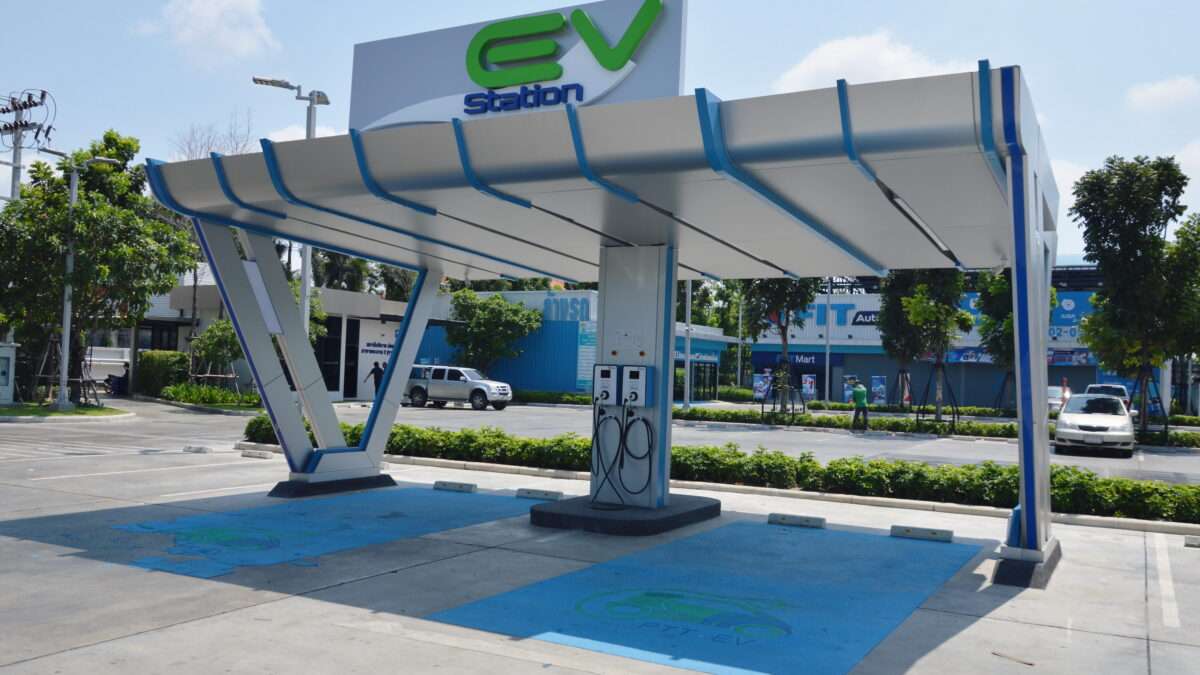Ditch your old blinds for cellular shades
In the throes of scorching summer and the dead of winter, electric and gas bills get expensive. Climate control is the biggest single power suck, making up more than half of all energy used in most homes. It’s bad for your wallet and the planet, and the cost makes staying comfortable difficult for many. There are lots of ways to make your home more efficient, from switching out old appliances for heat pumps or installing double-pane windows–but these options are big, expensive upgrades. It costs thousands of dollars to replace windows and HVAC systems.
Yet there’s a deceptively easy and much more affordable way to cut back on your heating and cooling costs, and it’s likely accessible even for renters: Reconsider your window coverings. Through insulation and control over radiant heat from sunlight, window coverings have the power to keep heat in or out, depending on the season. There are products to fit most budgets, and lots of what’s out there is likely better than the familiar, plastic or metal Venetian blinds or ill-fitting curtains that hang in most homes. One type of covering in particular, the cellular shade, is an unsung, energy efficient hero, according to multiple analyses from national labs.
Why windows?
First off, some necessary explanation. All the things that separate a building’s inside from the outside are collectively referred to as the “building envelope.” This term encapsulates doors, walls, windows, the foundation, and the roof. Altogether, that barrier is enormously important for indoor thermal efficiency, says Robert Hart, a technology researcher at Lawrence Berkeley National Lab (LBNL). “An envelope-first approach reduces the need for energy in the first place,” he explains. If you’re able to effectively keep the outside out, then you’ll have to put way less work into making your home comfortable when the weather isn’t.
The biggest and most easily adjusted source of thermal flux within the matrix of materials that make up a building is generally the transparent, glass windows. “Windows tend to be the largest aspect of building envelope that you can focus on,” says Christian Kaltreider, a building energy research engineer at Pacific Northwest National Laboratory (PNNL). Yet most people opt for the window coverings that are already there or go for style over function. By doing so, they miss out on energy savings.
Efficiency researchers and engineers have tested all manner of window coverings, combinations, and use decisions in experimental houses around the country. Though many variables count towards power consumption, the right shades make a big difference.
The benefit of cellular shades
Adding a honeycomb or cellular shade (a style of fabric covering designed with one or more layers of air pockets between the material) can reduce heating costs in the winter by as much as 9 percent, compared with vinyl Venetian blinds, according to a 2018 PNNL report. Given that heating alone constitutes between 25 and 47 percent of home energy use, a 9 percent reduction isn’t trivial. Energy costs vary widely by state, home size, and appliances, but if you live somewhere with cold winters, you can expect to save around $10 a month on gas and electricity. In the summer, the potential benefit is even larger: up to 25 percent reductions in cooling cost in the best-case scenario, and up to 15 percent savings compared with Venetian blinds in a day-to-day use scenario.
“For ease of implementation… and bang for your buck, cellular shades are generally going to be your best bet,” says Kaltreider.
[Related: The best blackout shades for all your windows]
A 2022 analysis from Oak Ridge National Laboratory (ORNL) found even more promising results. In winter, cellular shades can save up to 20 percent on heating costs, compared with blinds, per that assessment. In summer, ORNL researchers determined cooling savings were also up to 15 percent. Mahabir Bhandari, a co-author on that study and an efficiency and buildings researcher at ORNL, agrees that cellular shades are one of the most affordable and accessible options for boosting home energy efficiency. “You can go to Home Depot or Lowe’s and easily get whatever kind you want,” he says. Most are easily self-installed. The least expensive versions start around $25.
Simple alternatives
Not all cellular shades are created equal. Some are more transparent, others blackout opaque. They come in single and multi-layered versions, are made of different materials, and have variations in how they’re controlled–from fancy, automated kinds to your standard pull-down ones. Choosing one requires balancing personal needs (like privacy and light filtering) with budget and preference. More opaque, multi-layered shades will be more insulating and prevent more heat exchange, but they’ll also keep more light out in the summer. It’s all a trade-off, Hart says. Energy savings “really depend on the specific product,” he notes, and cellular shades aren’t the only option–but they are a good one.
Window quilts are another effective, seasonal alternative, says Bhandari. External shade structures like awnings, if you’re able to install them, can do a lot in the hot months and climates, note Hart and Kaltreider. And storm windows, secondary panes of glass added to existing window frames, are another great way to reduce heating and cooling costs that exist somewhere between the affordability of swapping out your shades and the expense of getting entirely new windows installed. All three efficiency experts recommended storm windows for their ability to minimize air leakage. Even just a simple tube of caulk can help fill gaps and reduce energy losses, says Bhandari.
How to choose the right shade
With so many variables and products to consider, online tools like this one, which Hart helped to develop, can help users narrow it down. You can also search for specific products through the website of the Attachments Energy Rating Council, a non-profit that offers comparable information about different window covering features.
No matter what you choose, the way you use it changes the outcome. “Operating [window coverings] smartly gives you the most benefit, no matter what shade,” says Hart. If you install a blackout cellular shade and then leave it up all the time, there’s no point, he explains. Investing in “efficient” coverings only pays off if you heed the operation advice, which is mostly common sense. And even the coverings you already have can be deployed to good effect.
Let the sun in if you want heat and keep it out if you don’t. Prioritize west and south facing windows, which can be the biggest sources of manipulatable heat gain. If it’s cooler outside than in during summer nights, leaving shades open can help heat to dissipate through the glass. In winter, leave your shades open on sunny days to catch warmth. When the sun isn’t shining, think about drawn shades as a means to keep heat from leaking out.
Your window coverings are more than just home decor; They’re a tool. Use them to slash your energy bill.
The post Ditch your old blinds for cellular shades appeared first on Popular Science.




























































